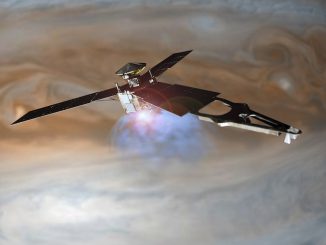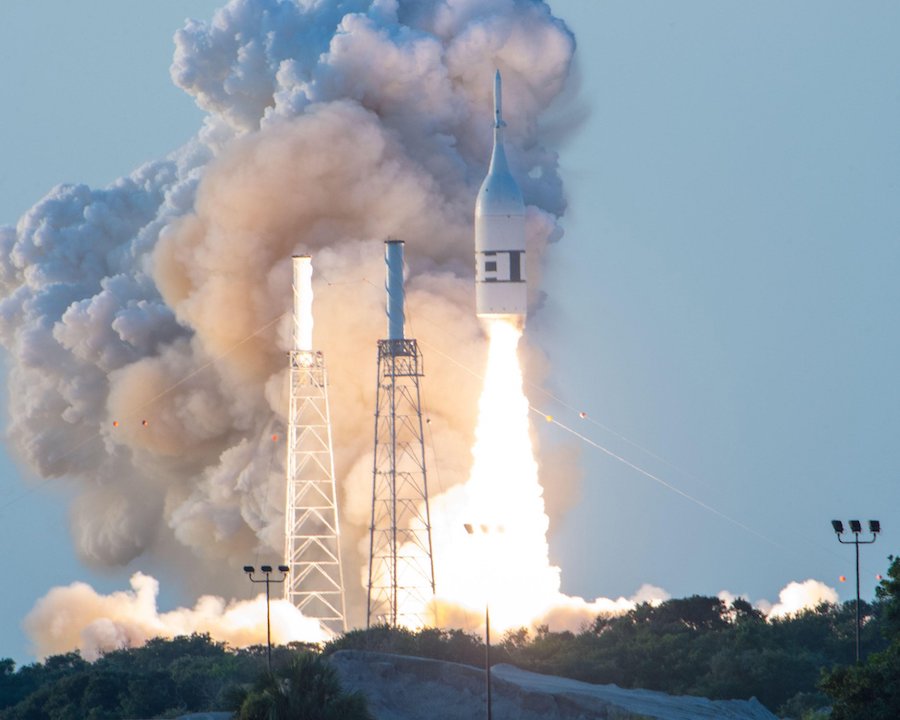
NASA simulated an in-flight launch abort of an Orion crew capsule high above Cape Canaveral on Tuesday, in a major test of the safety system that would whisk astronauts on future moon missions away from a failing rocket.
A simplified Orion capsule — without the computers, parachutes, or crew accommodations needed for a real space mission — soared into the sky over Florida’s Space Coast at 7 a.m. EDT (1100 GMT) Tuesday on top of a converted Peacekeeper booster stage culled from the U.S. Air Force’s stockpile of decommission Cold War-era missiles.
The 93-foot-tall (28-meter) solid-fueled test rocket, loaded with ballast to weigh it down, climbed to an altitude of roughly 31,000 feet (9,400 meters) trailing a plume of exhaust over Cape Canaveral.
The Orion capsule bolted to the top of the test booster fired its abort rocket motor around 50 seconds after liftoff, once the vehicle reached the proper aerodynamic pressure and velocity for the escape test. The solid-fueled abort motor nearly instantly ramped up to produce some 400,000 pounds of thrust to pull the capsule away from the booster.
An attitude control motor at the top of the abort tower kept the Orion capsule flying straight after the abort for several seconds, then reoriented the test vehicle to have its heat shield facing toward the ground. The abort system then fired a jettison motor to separate from the capsule, as it would during a real emergency on launch.
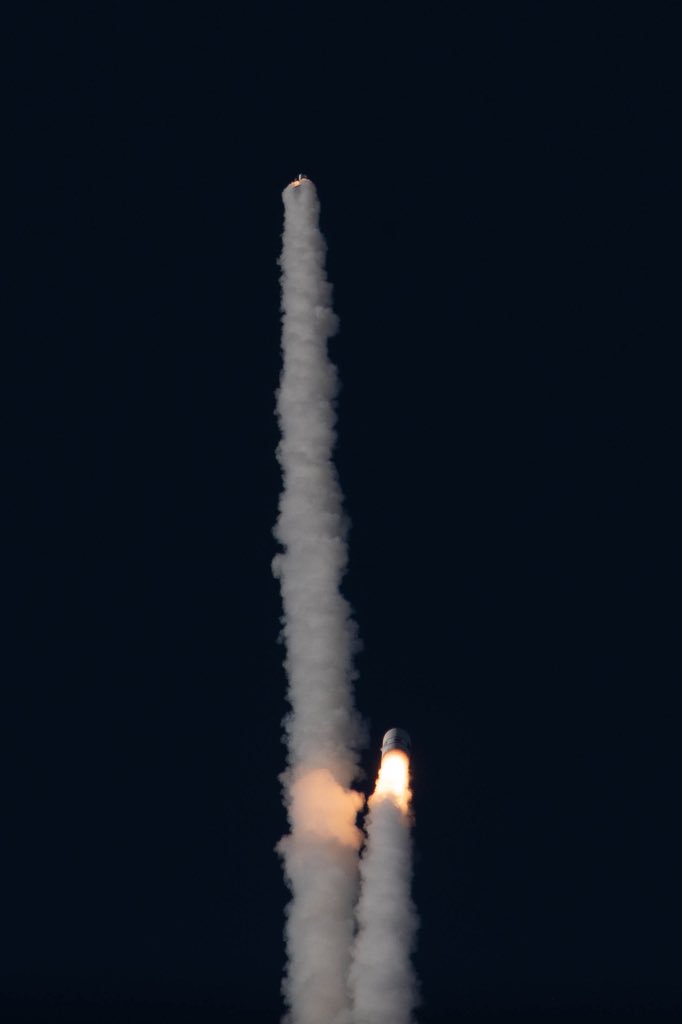
There were no parachutes on Tuesday’s $256 million abort test, and the capsule, booster and abort system all plummeted back to the ground and impacted in the Atlantic Ocean a few miles offshore Cape Canaveral. NASA officials said the Orion spacecraft’s parachutes are already adequately tested and fully qualified for human missions, and adding the recovery hardware to the abort test capsule would have cost more money.
The Orion capsule is designed to launch with astronauts on top of NASA’s Space Launch System on missions to the moon. An unpiloted SLS/Orion test flight around the moon is planned for late 2020 or early 2021, followed by the first launch with a crew in the 2022 timeframe, according to NASA.
That could set the stage for a lunar landing attempt in 2024 to meet an accelerated schedule outlined by Vice President Mike Pence in March. But that assumes Congress agrees to fund the multibillion-dollar cost of the fast-track moon landing program, and that the long-delayed SLS and Orion programs stay on schedule for the rest of their development.
NASA officials were pleased with the outcome of the test Tuesday, saying that it was the final flight test planned for the Orion program before the first SLS/Orion tandem launch, named Artemis 1.
Read our full story on Tuesday’s abort test.
The photos on this page show the launch of the Orion test booster, the abort test itself, and the high-speed descent of the rocket motor and abort tower before hitting the ocean.
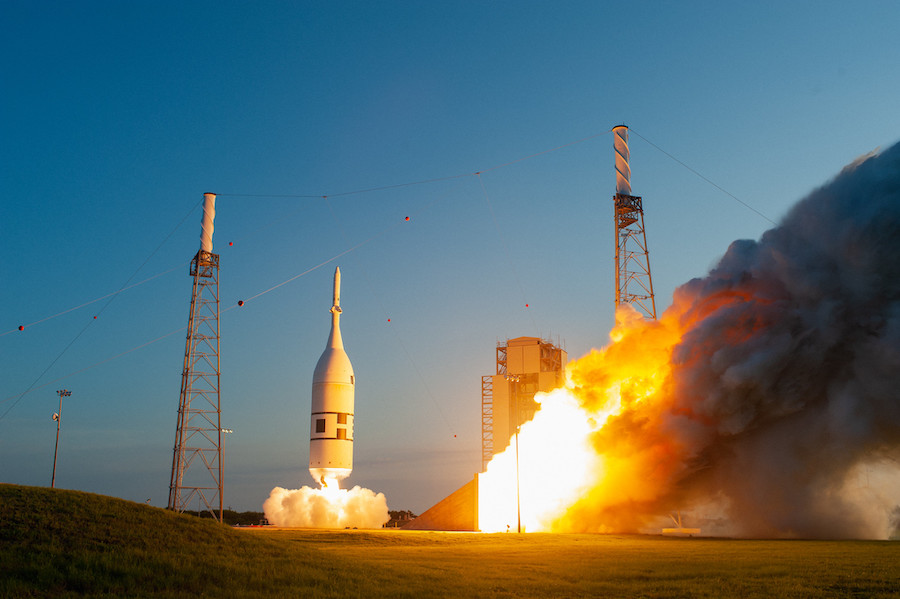
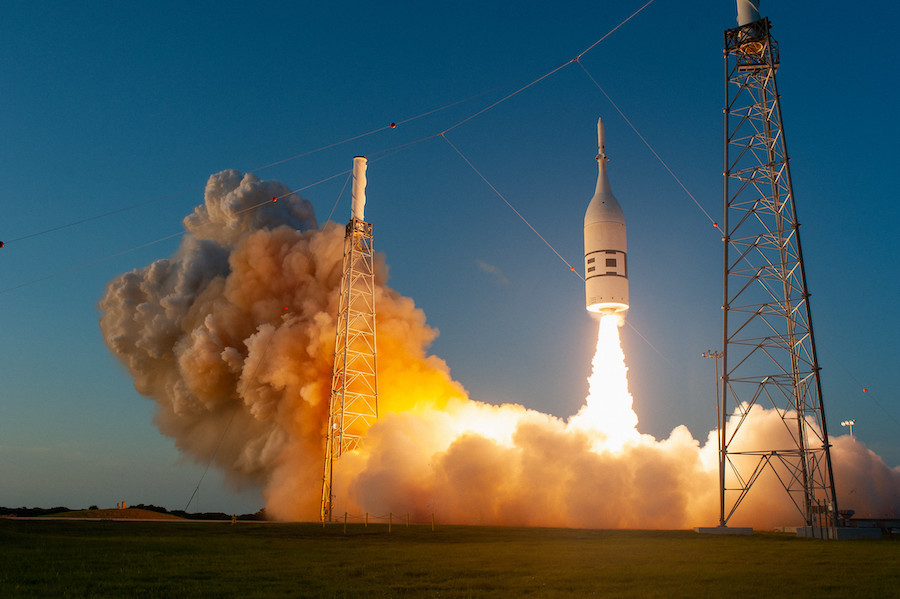
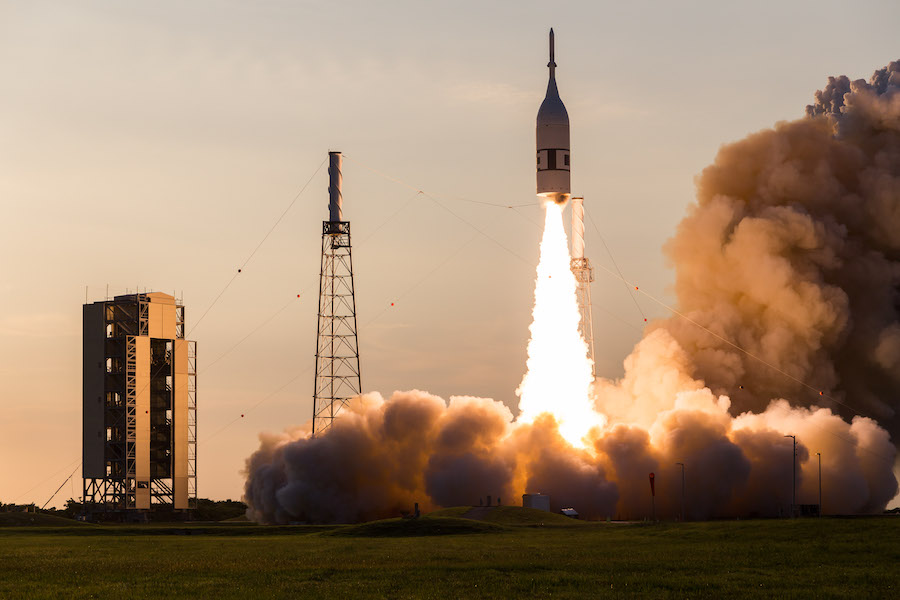
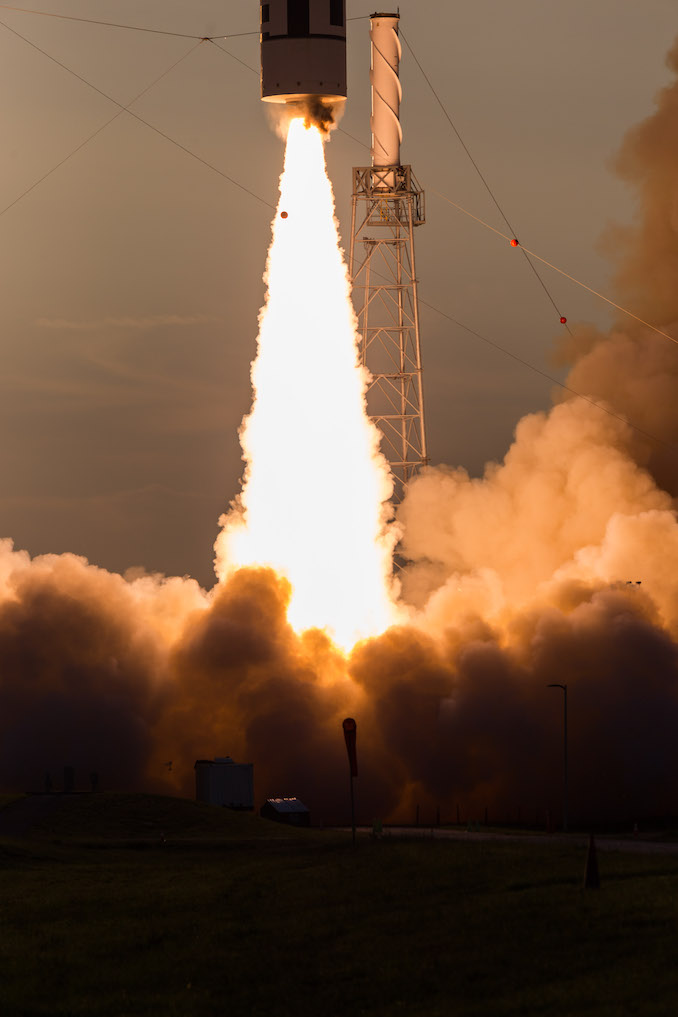
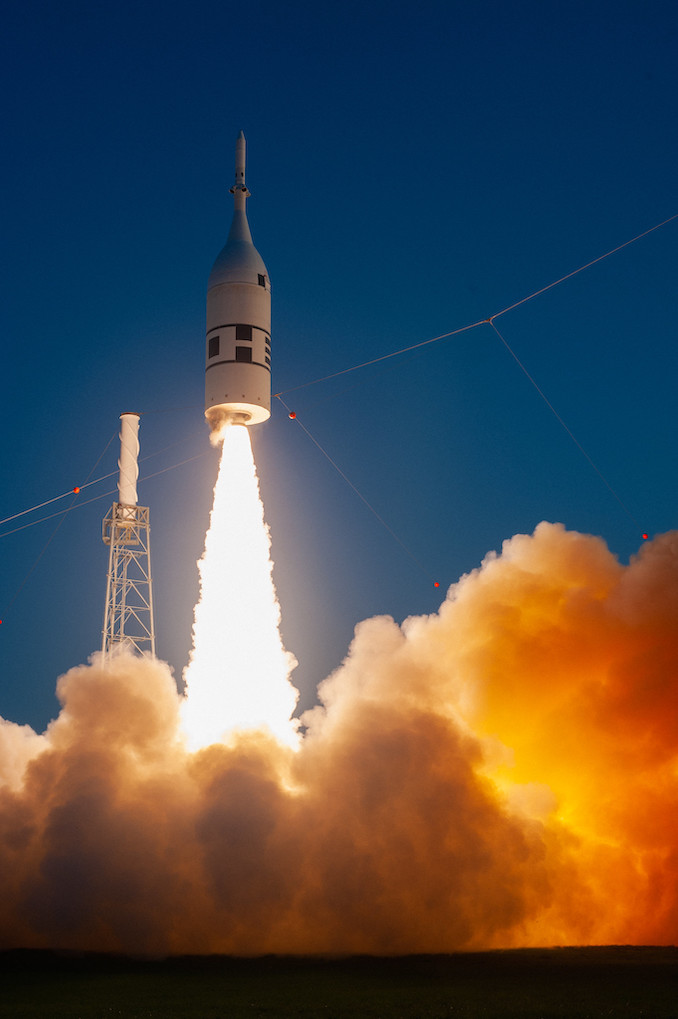
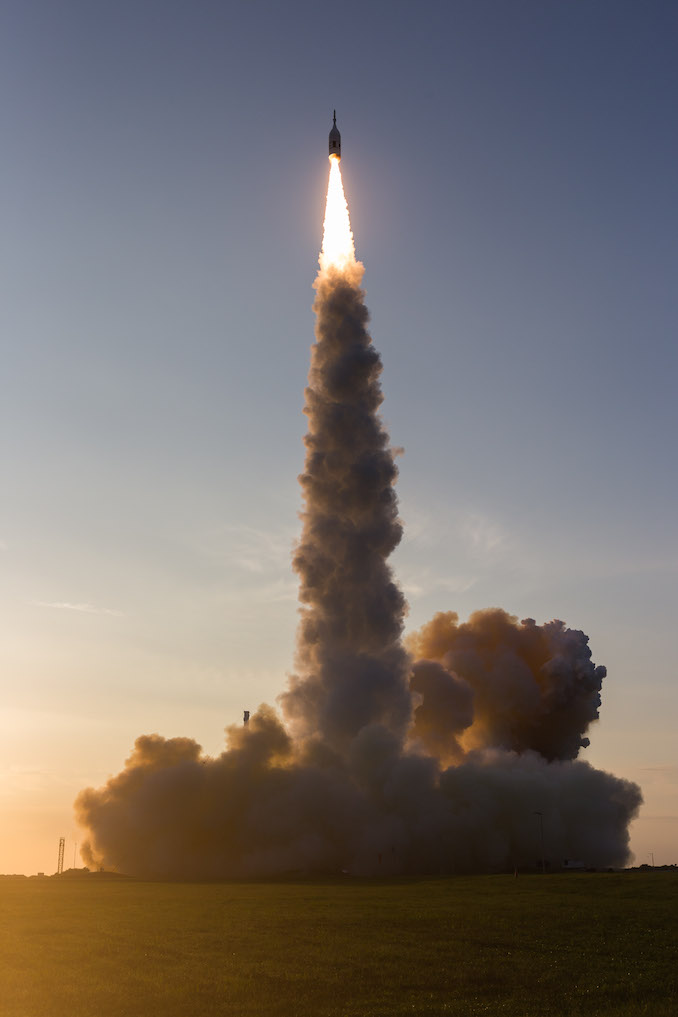
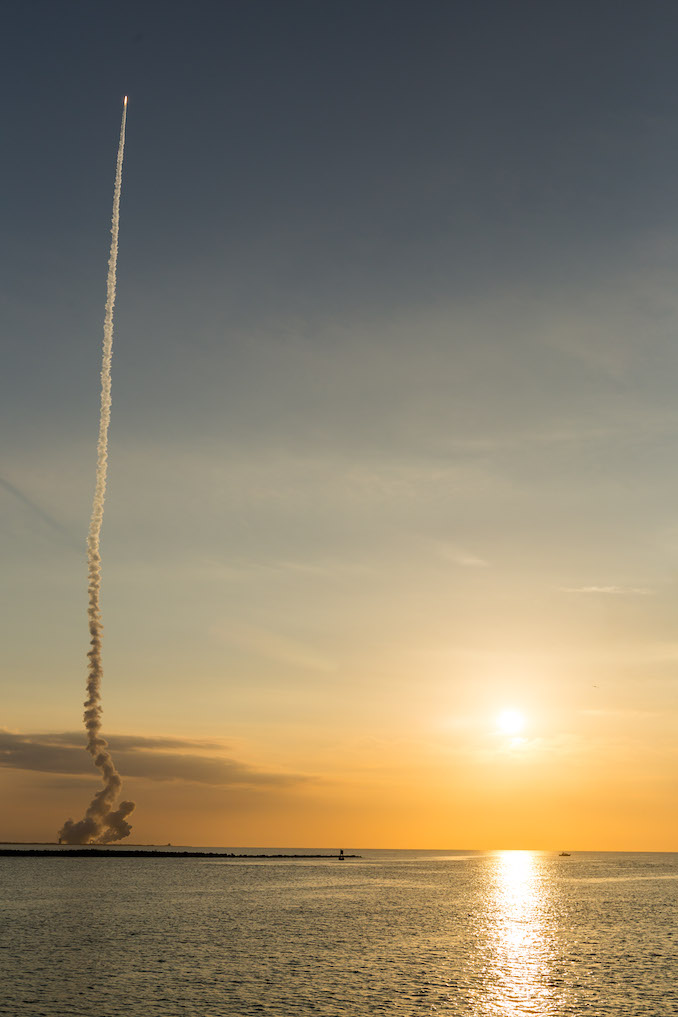
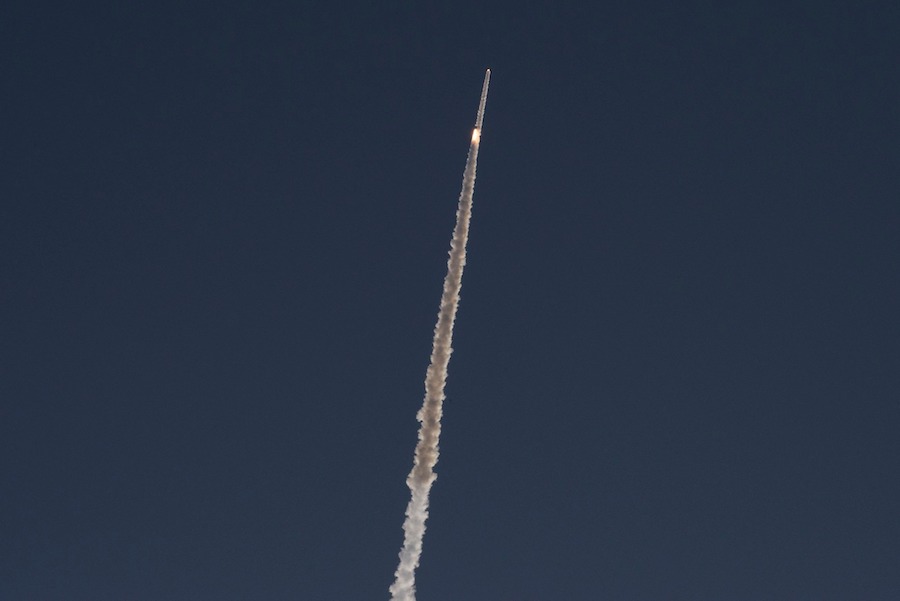
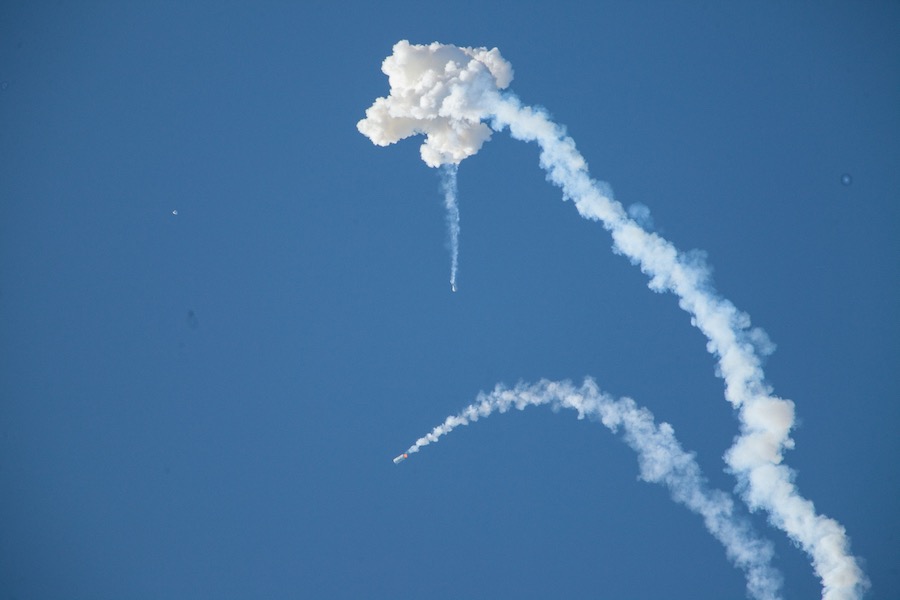
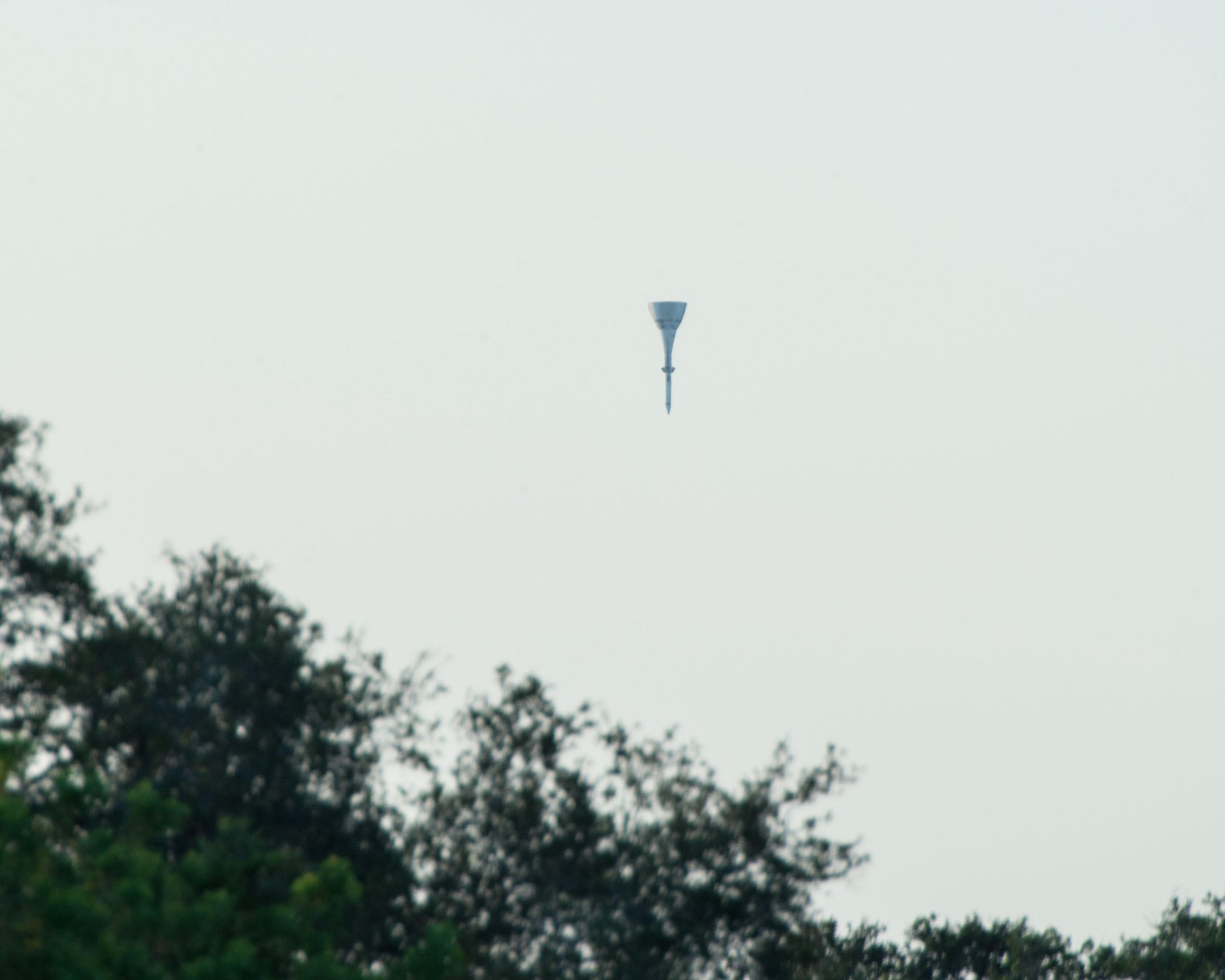
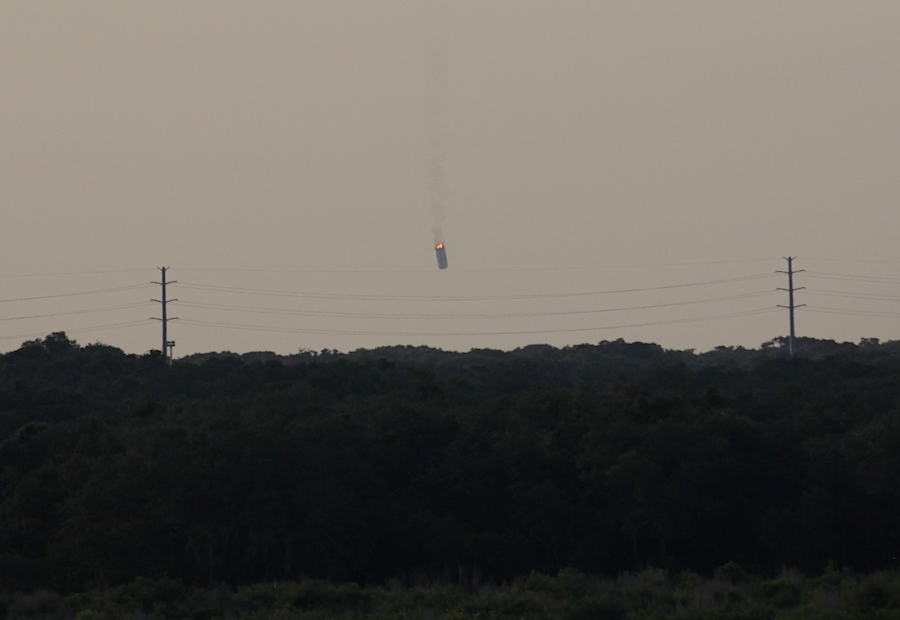
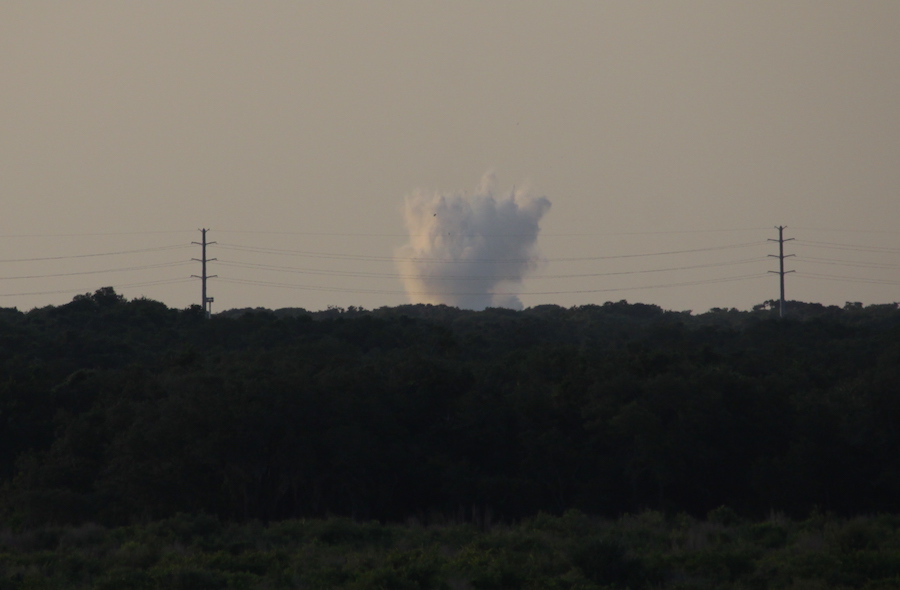
Email the author.
Follow Stephen Clark on Twitter: @StephenClark1.



